Deck & Commander Strategies
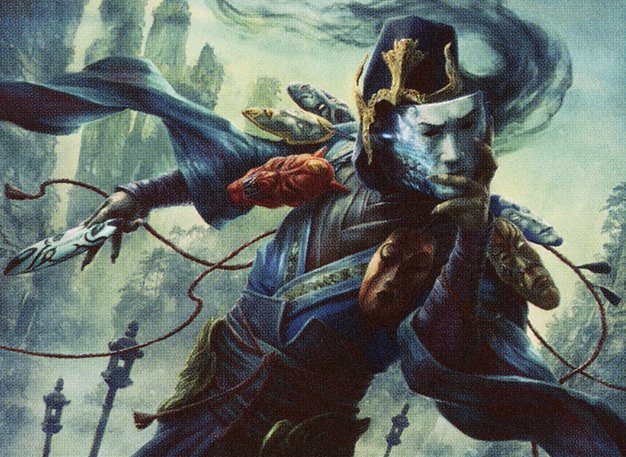
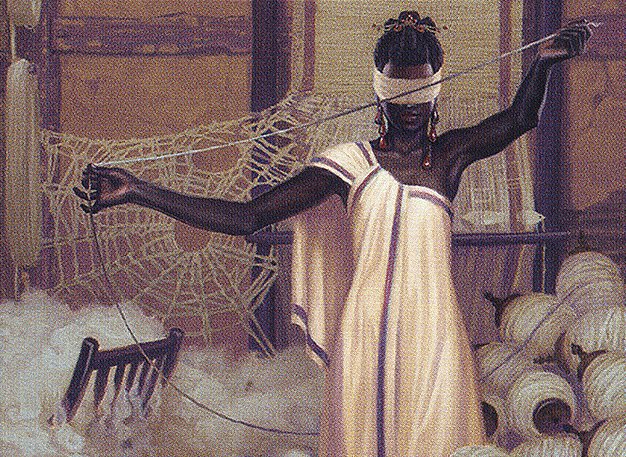
Tymna the Weaver & Sakashima of a Thousand Faces
Leverages card draw from combat damage and artifact synergies, using Sakashima’s copying ability to multiply impactful creatures and spells, setting up combos and controlling the board through tempo and value.
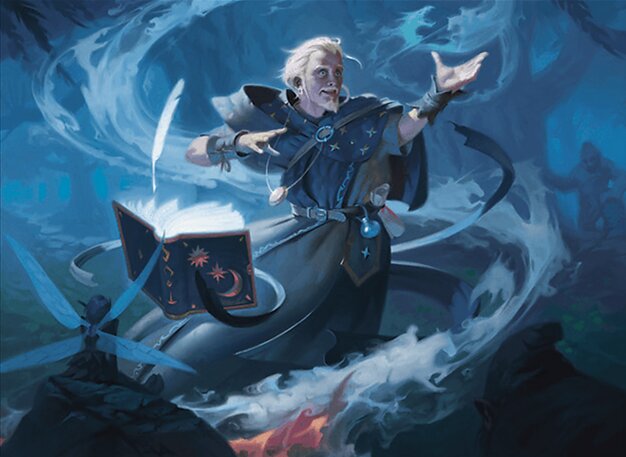
Chulane, Teller of Tales
Focuses on rapid creature deployment, bouncing creatures to reuse enter-the-battlefield effects, and drawing cards to maintain hand advantage, aiming to overwhelm opponents with a steady stream of threats.

Grolnok, the Omnivore
Utilizes landfall triggers and milling opponents to exile cards and generate value, controlling the board by disrupting opponents’ resources while incrementally building a threatening board state.

Prosper, Tome-Bound
Centers on artifact synergies, manipulating the top of the library, and sacrificing creatures or artifacts for value, focusing on card selection and resource management to outpace opponents.
Gameplay Insights
- 1
Copy Artifact on Alms Collector enabled doubling of card draw and disruption effects, significantly increasing board impact.
- 2
Cyclonic Rift was used as a single-target bounce to remove a key threat, showcasing flexible removal in response to opponents' plays.
- 3
Strategic use of Silence and Delay to counter and postpone opponents’ key spells disrupted their tempo effectively.
- 4
Grolnok’s milling and exile synergy created incremental advantage by removing opponents' valuable cards while fueling landfall triggers.
- 5
Chulane’s bounce and recursion allowed repeated use of creatures like Ranger-Captain of Eos to maintain board presence and card advantage.
- 6
Prosper’s manipulation of the top of the library and sacrifice outlets enabled consistent card selection and resource replenishment.
- 7
Players carefully managed stack interactions and responses, such as Swan Song to counter Silence, maximizing value from spells and triggers.
Notable Cards
-
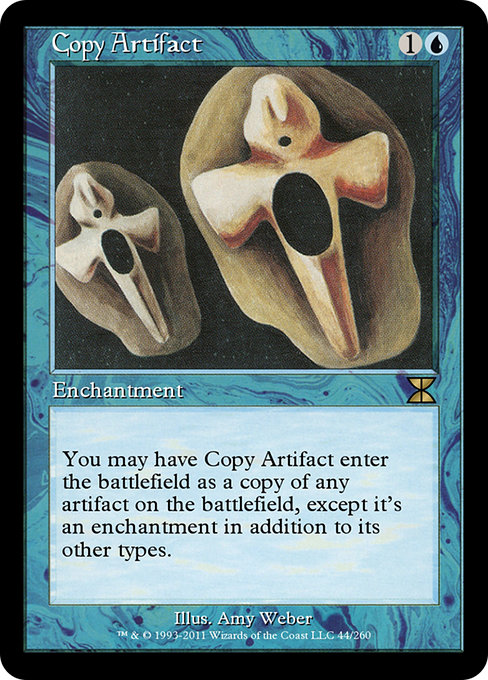
Copy Artifact
-

Swan Song
-
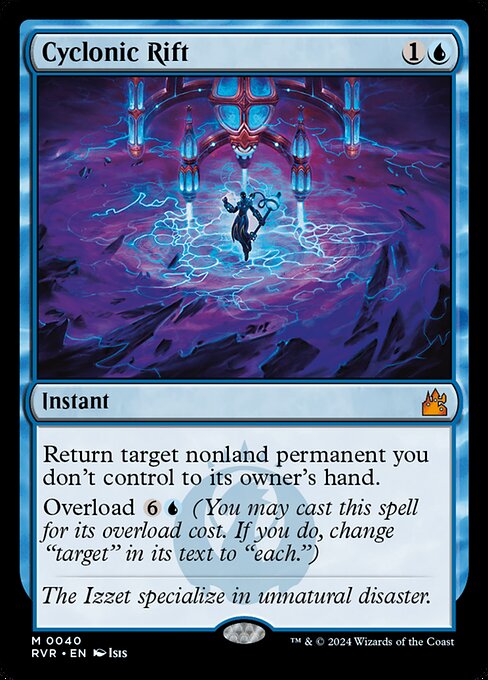
Cyclonic Rift
-
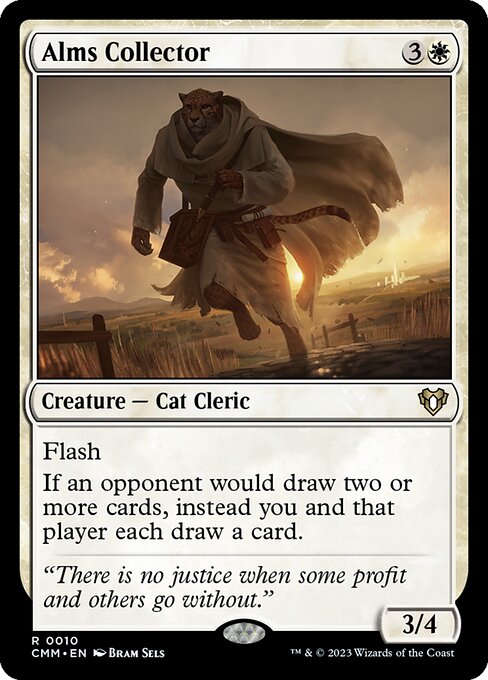
Alms Collector
-
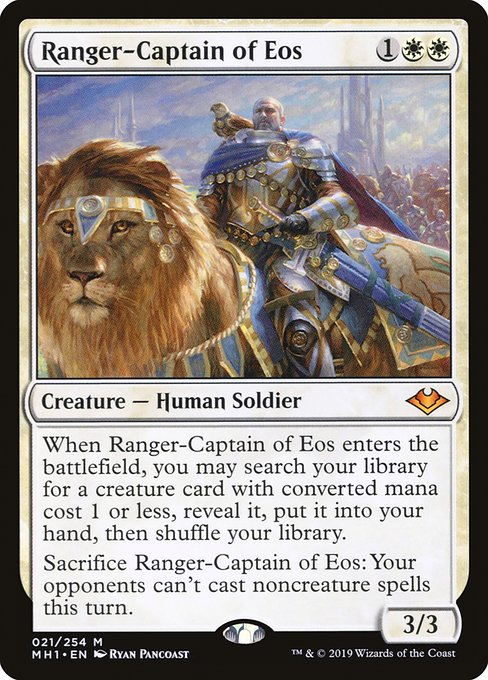
Ranger-Captain of Eos
-
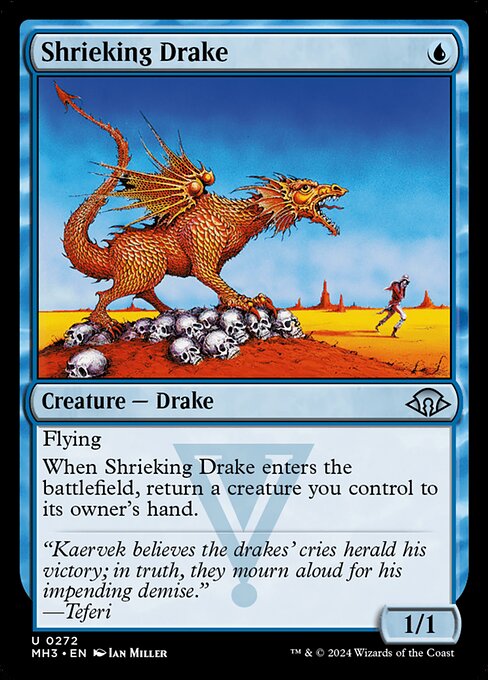
Shrieking Drake
-
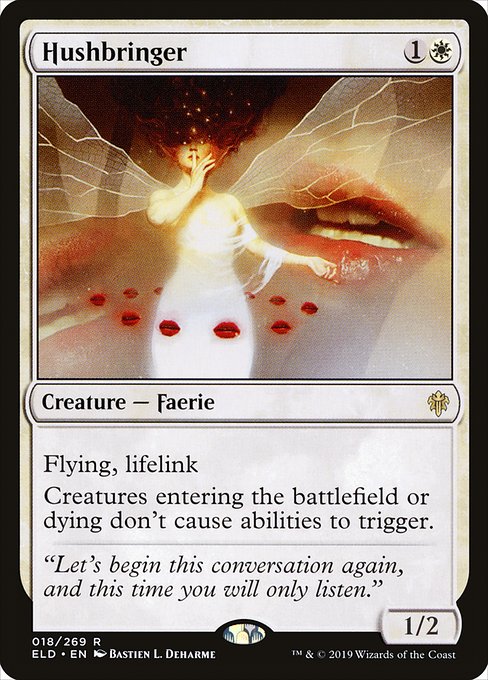
Hushbringer
-
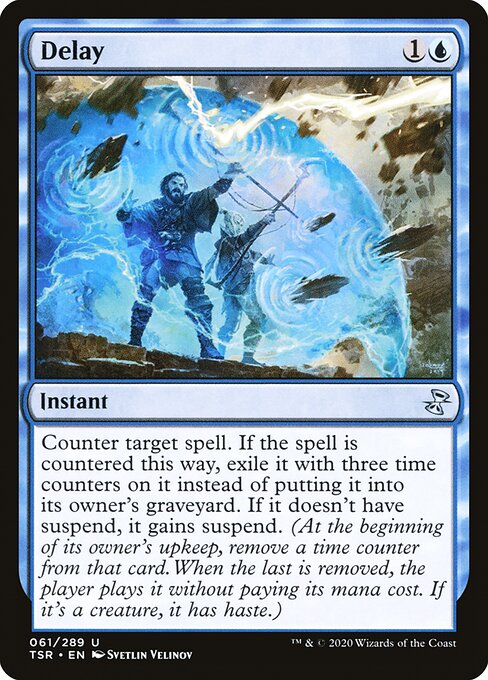
Delay
-
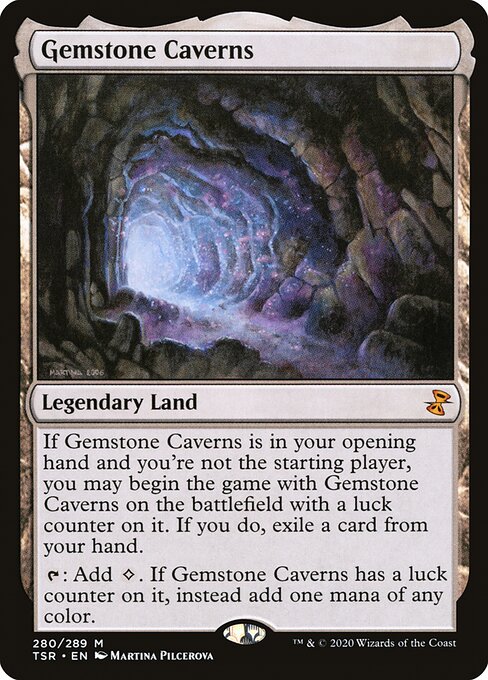
Gemstone Caverns
Gameplay Summary
The game began with each player establishing their board presence through mana acceleration and key early plays.
Jim, piloting Tymna the Weaver & Sakashima of a Thousand Faces, leveraged efficient artifact mana rocks and card draw to set up his combo potential.
Carlos on Chulane, Teller of Tales focused on deploying creatures quickly and leveraging Chulane's card draw and bounce abilities to maintain tempo and value.
Dan, playing Grolnok, the Omnivore, utilized landfall triggers and mill synergies to control the board and generate incremental advantage, while Jeff on Prosper, Tome-Bound focused on artifact synergy and card selection with gemstone caverns and various utility creatures and spells. A pivotal moment came when Jim cast Copy Artifact on a crucial spell, multiplying his board impact, and when Dan successfully used Grolnok’s milling and exile triggers to generate value and pressure opponents.
Carlos's Chulane maximized creature deployment and bounce to maintain board control, while Prosper manipulated the top of his library and used sacrifice outlets to maintain resources.
Key interactions included multiple counters and responses, such as Jim’s Swan Song countering Silence and subsequent spells resolving amid complex stack interactions.
The game’s tempo swung multiple times with strategic use of bounce effects, targeted removal like Delay, and proactive threats. Ultimately, the game emphasized combat damage as an alternate win condition, with players balancing aggressive board development and disruption.
The interaction of Tymna’s card draw from damage, Sakashima's copying potential, and Chulane’s creature recursion created a dynamic battlefield, while Grolnok’s disruptive landfall mill and Prosper’s manipulation of artifacts and spells sustained pressure.
The gameplay showcased layered decision-making with stack responses and tempo plays shaping the flow toward a decisive combat finish.










































